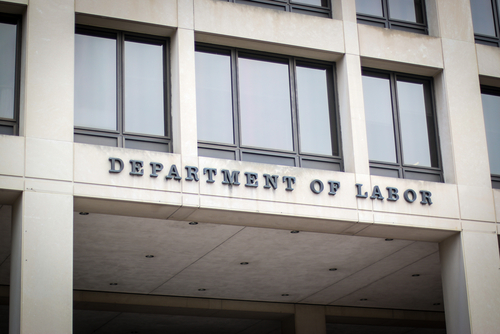Roger Ailes, Bill O’Reilly, Harvey Weinstein, Kevin Spacey, Charlie Rose, Matt Lauer, politicians from both sides of the aisle – the list of prominent individuals accused of sexual harassment and assault continues to grow. And as sexual harassment dominates the headlines, workers are coming forward in increasing numbers to describe inappropriate sexual conduct in the workplace.
This heightened awareness by both the public and employees should make every employer pause to consider if it is doing enough to keep employees safe and free from harassment. Here are our recommendations for steps you should take right now to help prevent your organization from appearing in the headlines.
Have a Strong Anti-Harassment Policy
Every employer should have a written policy that prohibits sexual harassment in the workplace. If you do not have one, you should strongly consider implementing one to ensure your employees know that sexual harassment is absolutely prohibited. If you already have one, review it to ensure that it includes the following provisions:
- zero tolerance for unlawful harassment and inappropriate sexual conduct in the workplace
- examples of unacceptable physical conduct, such as unwelcome touching, hugging, kissing, groping, and gestures, as well as inappropriate verbal or visual conduct, such as sexual jokes, emails, cartoons, pictures, and propositions
- requests for sexual favors or demands to engage in intimate relationships will not tolerated
- policy applies to inappropriate conduct by managers, co-workers, vendors, customers, and others who come into contact with your employees
- every employee is expected to report any harassment that he or she experiences or witnesses
- reporting mechanism that offers two or more reporting channels (such as a supervisor and the human resources manager)
- commitment to take complaints seriously through timely and thorough investigation
- no retaliation or adverse consequences will occur to those who report sexual harassment or cooperate in any investigation or proceeding
- employees found to have engaged in sexual harassment or other inappropriate conduct will be subject to discipline, up to and including termination.
Train Both Managers and Employees
A policy does little good if your employees are not aware of it. Take this opportunity to conduct sexual harassment training for your entire workforce. Live in-person presentations may be the best way to train your employees, allowing you to take questions and emphasize your organization’s commitment to preventing and resolving any harassment issues. If live training sessions are impossible, offer video or recorded training. Provide specialized training to your executives, managers, and supervisors so that you can stress their input in creating a culture that is free of harassment, and to help them recognize and learn how to handle harassment scenarios.
Encourage Reporting of Inappropriate Conduct
Employees won’t report harassment to you if they feel their complaint will fall on deaf ears.
They may, instead, talk to the media or an attorney. Consequently, management and human resources professionals need to encourage reporting of workplace improprieties, no matter who it involves or how sensitive the accusation. If you do not welcome complaints, you will not have an opportunity to nip inappropriate conduct in the bud or resolve situations that could prove highly detrimental to your company.
Investigate Every Complaint
You must treat every report of sexual misconduct or harassment seriously and conduct a timely, thorough investigation to determine whether the alleged conduct occurred. If the complaint is against your company president or another high-ranking individual, you still must investigate it in the same vigorous manner you would for any other employee accused of the misconduct. Consider whether you need to hire outside counsel or a third-party investigator to preserve privilege and to avoid allegations that the investigator was biased because he or she reports to the person accused of misconduct. Take time now to make sure you have an investigation process in place so that when a report of harassment comes in, you don’t waste time determining who does what.
Take Prompt, Appropriate Action
As you receive a sexual harassment complaint and begin an investigation, you need to determine what action, if any, should be taken pending the investigation’s outcome. You may need to place the alleged harasser on leave, or you may need to separate workers so that they work on separate shifts or in different locations. Your duty is to stop any harassment from occurring, so take whatever steps may be necessary to do that. Then, when you have sufficient facts about the alleged harassment, determine what action is warranted to resolve it. If you conclude that harassment likely occurred, you need to impose consequences. Depending on the severity, that could mean immediate termination of employment. Remember, zero tolerance means no unlawful harassment goes unpunished.
Preventing and Resolving Sexual Harassment Should Help Keep You Out of the News
Because the topic of sexual harassment is so hot right now, take the time to recommit your organization to preventing and resolving workplace harassment by following the steps above. Your efforts now will go a long way in avoiding surprise allegations in the future.


 By
By 
 By
By 

 By
By 






 By
By